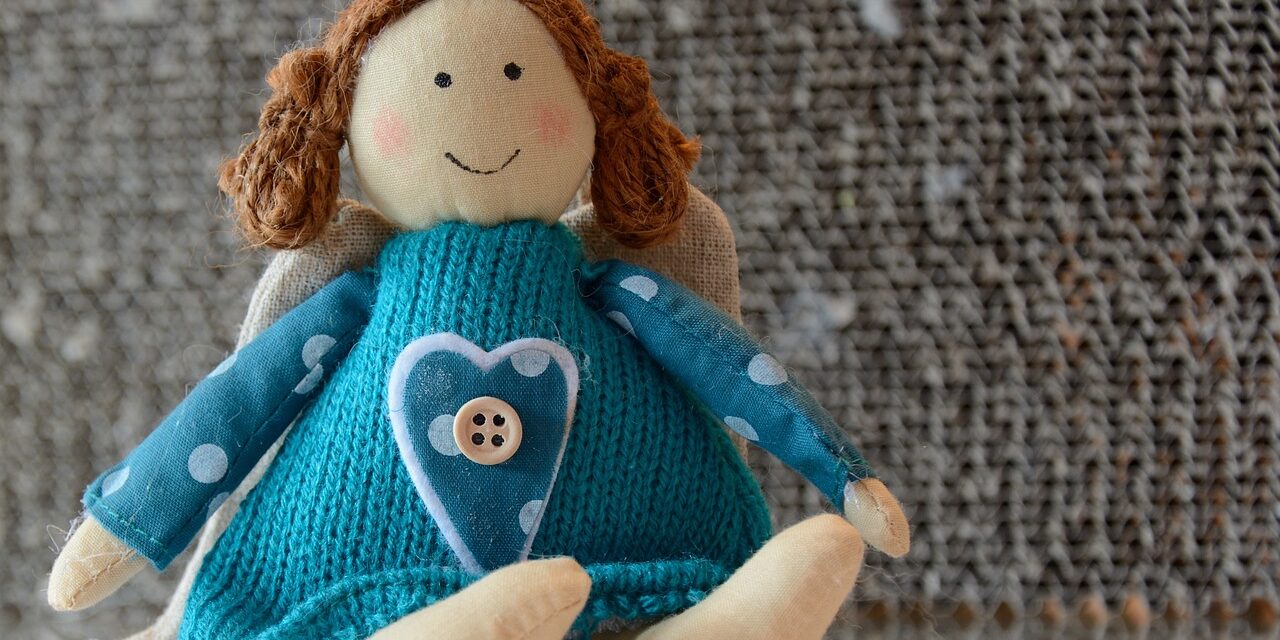Dressing children requires a delicate balance of comfort, safety, and style. Knitwear, with its softness and versatility, is often the go-to choice for the little ones. But what makes knitwear truly suitable for children? In this article, we will explore the key characteristics that every parent should look for, focusing on how comfort, breathability, sustainability, and safety come together to create the perfect clothing for kids.
1. Natural and Gentle Materials for the Skin
Children’s skin is extremely sensitive, so the materials used for their knitwear must be chosen with great care. Natural fibers are often preferred for their ability to reduce irritation and allergic reactions.
- Organic cotton: Organic cotton is one of the most popular choices for children’s knitwear. In addition to being free of pesticides and harmful chemicals, organic cotton is extremely soft and gentle on the skin. It’s breathable, keeping children cool and comfortable even on hot days.
- Merino wool: Merino wool is another excellent option. This type of wool is known for its ability to regulate body temperature: it keeps the body warm in cold climates, but it’s also breathable, avoiding overheating. It’s naturally antibacterial and hypoallergenic, ideal for children with allergies or sensitive skin.
2. Breathability and Thermal Regulation
One of the most important aspects of children’s knitwear is its ability to maintain an appropriate body temperature without causing sweating or overheating. Breathability is key, especially for active kids.
- Breathability of cotton: Cotton is known for its lightness and ability to allow air to circulate through the fibers. It’s perfect for summer wear or everyday garments, as it allows the skin to breathe and maintains a comfortable temperature. For example, a shirt made from organic cotton is ideal for outdoor activities, as it helps prevent overheating and moisture buildup on the skin.
- Thermal properties of merino wool: Merino wool, aside from its incredible softness, is renowned for its ability to regulate body temperature. In cold climates, it traps body heat and keeps children warm, but during physical activities or indoors, merino wool disperses moisture and prevents overheating. This makes merino wool perfect for sweaters, winter onesies, or hats designed for children playing outdoors in winter.
- Bamboo: Another yarn with excellent breathability is bamboo. Bamboo fiber is naturally antibacterial and incredibly soft, as well as highly breathable. Bamboo absorbs moisture four times faster than cotton, making it ideal for lightweight summer clothes or for children who sweat easily.
3. Elasticity and Freedom of Movement
Children are full of energy and constantly growing, so their clothes need to be flexible and comfortable.
- Elastic fit: Knitwear, especially those that include a small percentage of elastic fibers like elastane, is perfect for ensuring a fit that adapts to movement without restricting the child. Knitwear made from elastic cotton or wool-elastane blends allows children to move freely while maintaining the garment’s shape, without being too tight or uncomfortable.
- Adaptability to growth: Many children’s knitwear items are designed to accommodate rapid growth. For example, elastic cuffs and hems can be folded or extended, allowing the garment to “grow” with the child and extending its wearability.
4. Durability and Ease of Maintenance
For parents, the durability of clothing is essential. Children’s knitwear needs to withstand play, frequent washing, and daily use while still maintaining its quality and shape.
- Durable yarns: Materials like combed cotton or treated merino wool are designed to withstand numerous washes without fraying or losing their elasticity. Even cotton blends with small percentages of synthetic fibers, such as nylon, can increase durability without compromising comfort.
- Ease of washing: Many knitwear items are designed to be easily machine washable using delicate cycles. It’s always recommended to follow the manufacturer’s instructions to ensure garments maintain their shape and quality over time.
5. Style and Design for Children
In addition to functionality, children’s knitwear can be stylish, offering a wide range of colors and playful designs that appeal to both parents and little ones.
- Colors and patterns: Knitwear for children often features bright colors and fun patterns, like animals or characters, making dressing a moment of play and creativity.
- Functional designs: Sweaters with easy-to-use buttons or safe zippers, onesies with quick-change closures for diapers, and hats that fasten under the chin are examples of how knitwear can combine functionality and beauty.
6. Sustainability and Safety
Today, more and more parents are conscious not only of comfort but also of the sustainability and safety of the clothes they choose for their children. Sustainable knitwear offers an eco-friendly solution without compromising on quality.
- Eco-friendly materials: Sustainable yarns such as certified organic cotton, recycled wool, or bamboo are not only better for the environment but also safer for children. For example, GOTS-certified organic cotton (Global Organic Textile Standard) ensures that garments are free from harmful chemicals, reducing the risk of skin irritation and allergies.
- Ethical production: Beyond materials, many companies are committed to following ethical production practices, ensuring that workers are treated fairly and that production does not harm the environment. These aspects make sustainable knitwear a responsible choice for both the planet and children.
- Certified safety: It’s important for children’s clothes to be certified and free of harmful chemicals. Certifications like Oeko-Tex Standard 100 ensure that products have been tested for harmful substances, giving parents peace of mind that their children are wearing safe garments.
7. Knitwear Accessories for Children
Knitwear is not limited to clothing but extends to essential accessories for the little ones.
- Hats and gloves: Made from soft fibers like merino wool or organic cotton, these accessories keep children warm without irritating their skin.
- Blankets and socks: Knitwear blankets are perfect for keeping newborns cozy, while merino wool socks provide warmth and comfort for little feet.
Conclusion
Knitwear for children offers the ideal combination of comfort, safety, and style. Whether choosing natural, breathable materials or opting for sustainable and safe designs, parents can rest assured that they are making the right choice for their children’s well-being. With proper care and the quality of the yarns used, children’s knitwear not only lasts over time but also provides optimal protection for the little ones, ensuring freedom of movement and comfort throughout the day.

